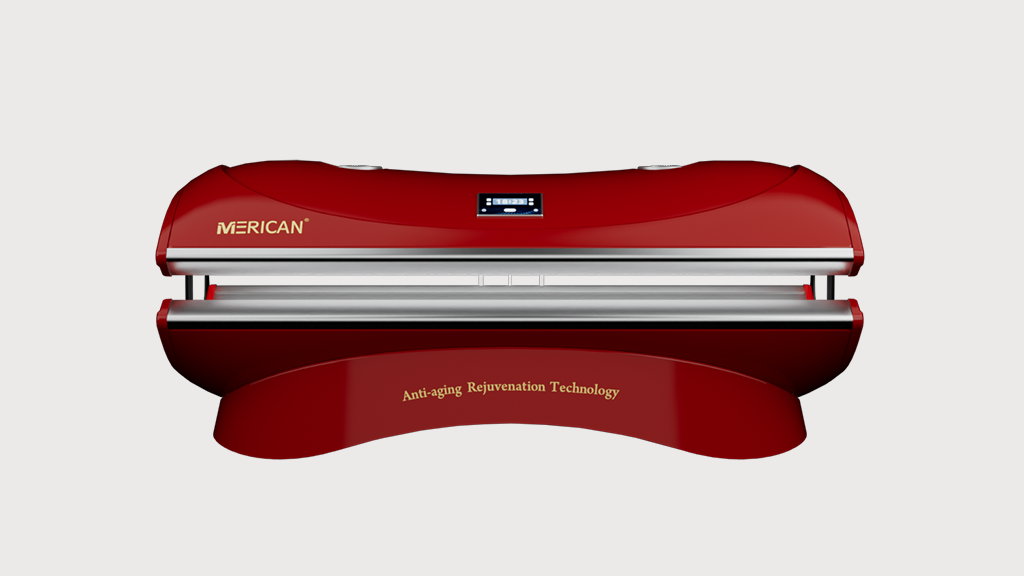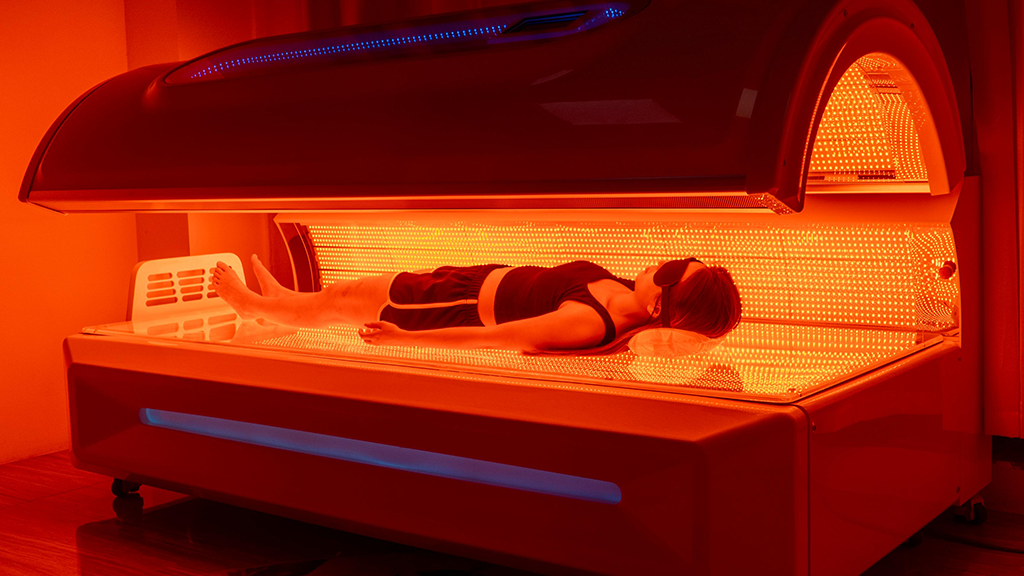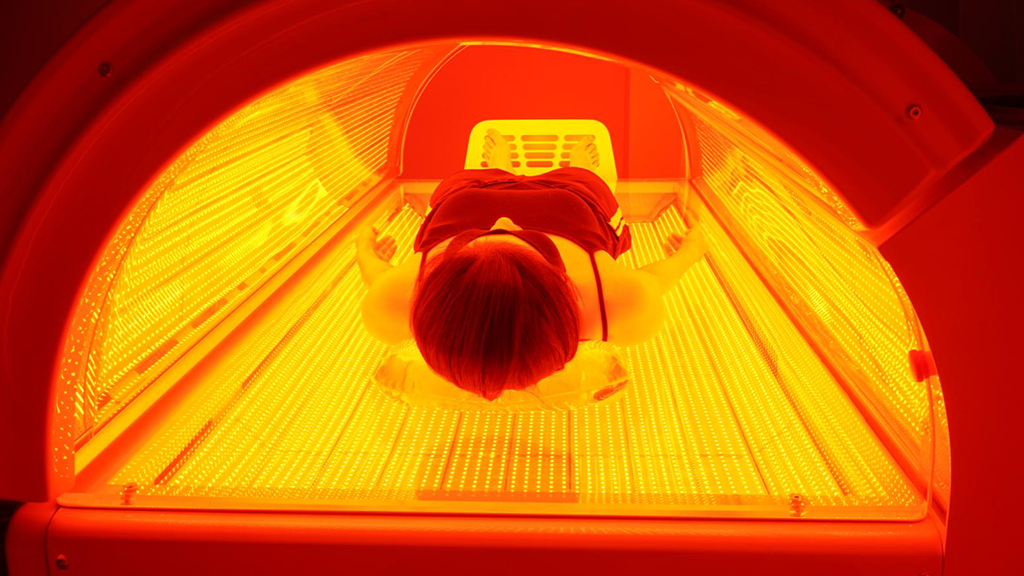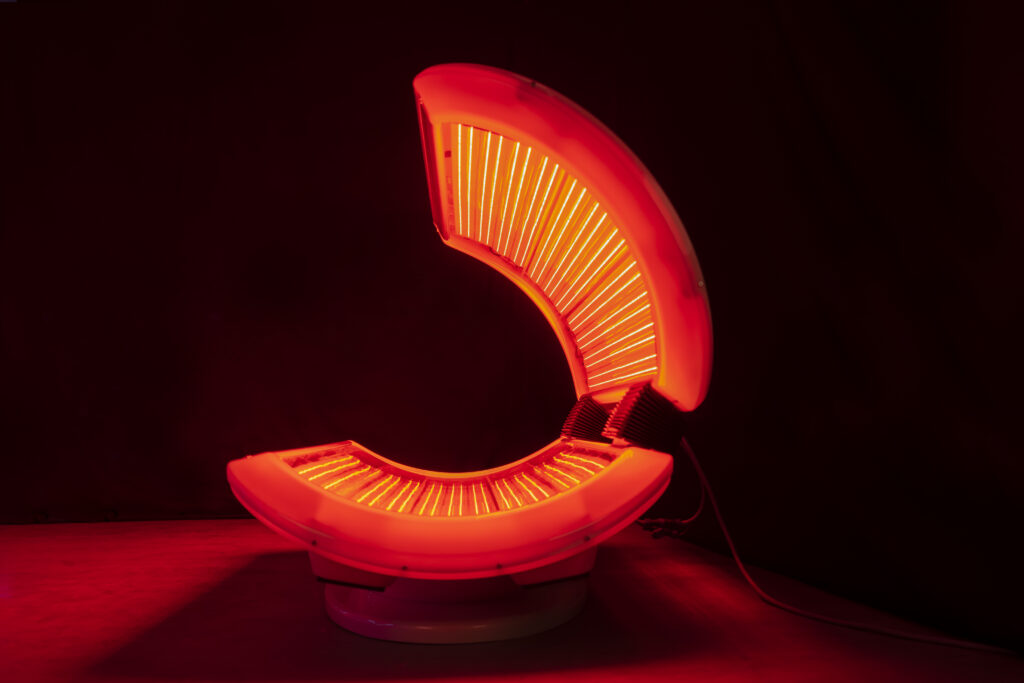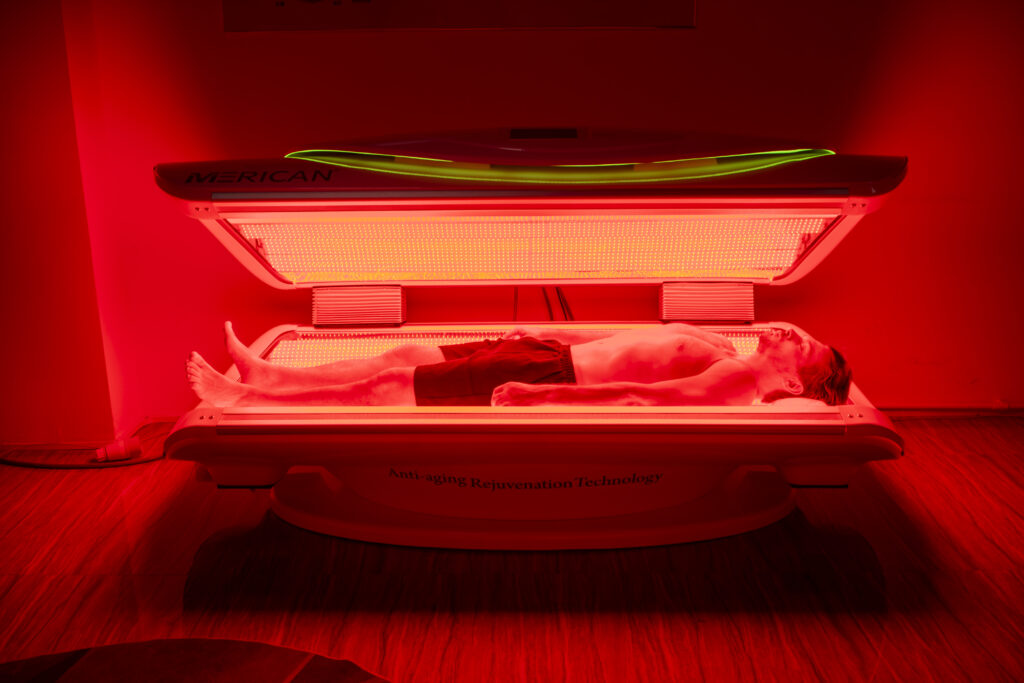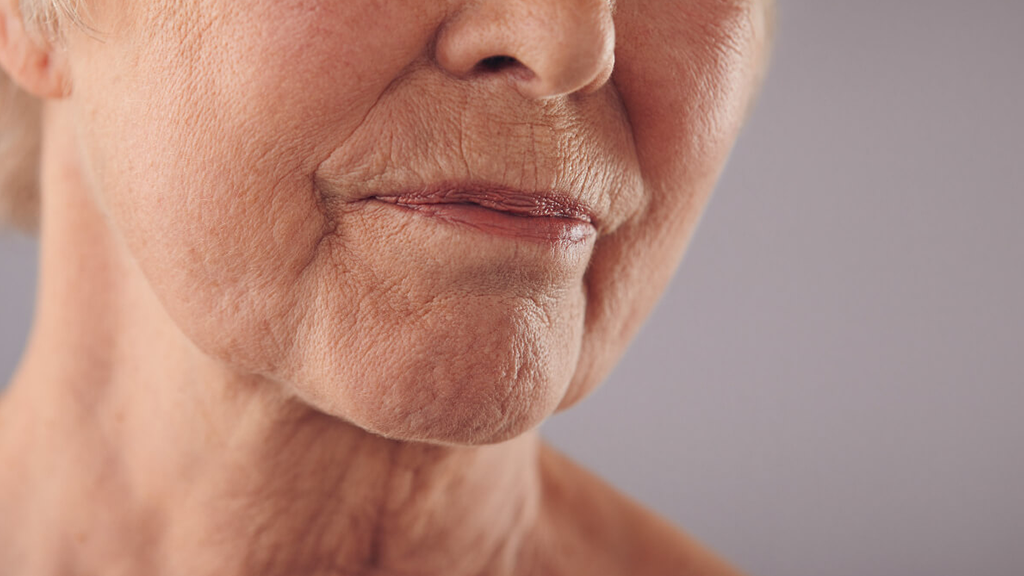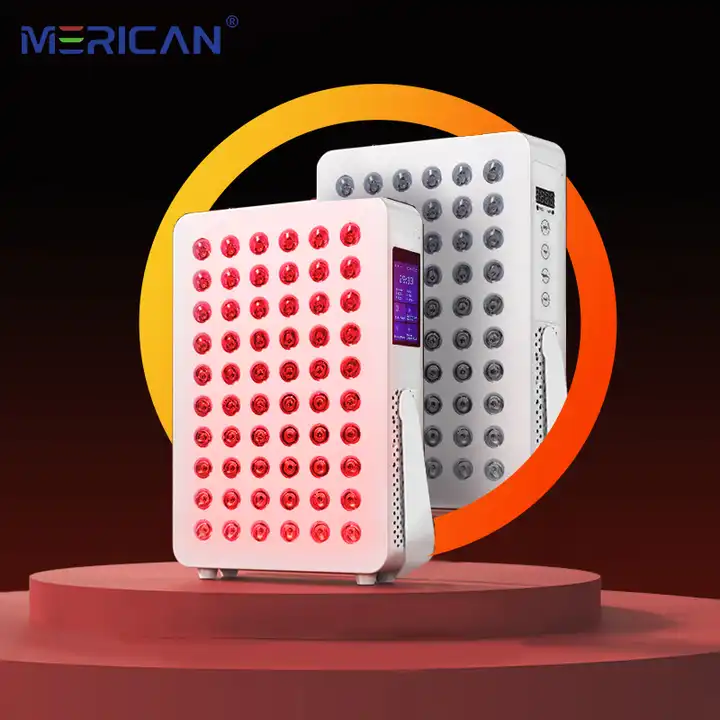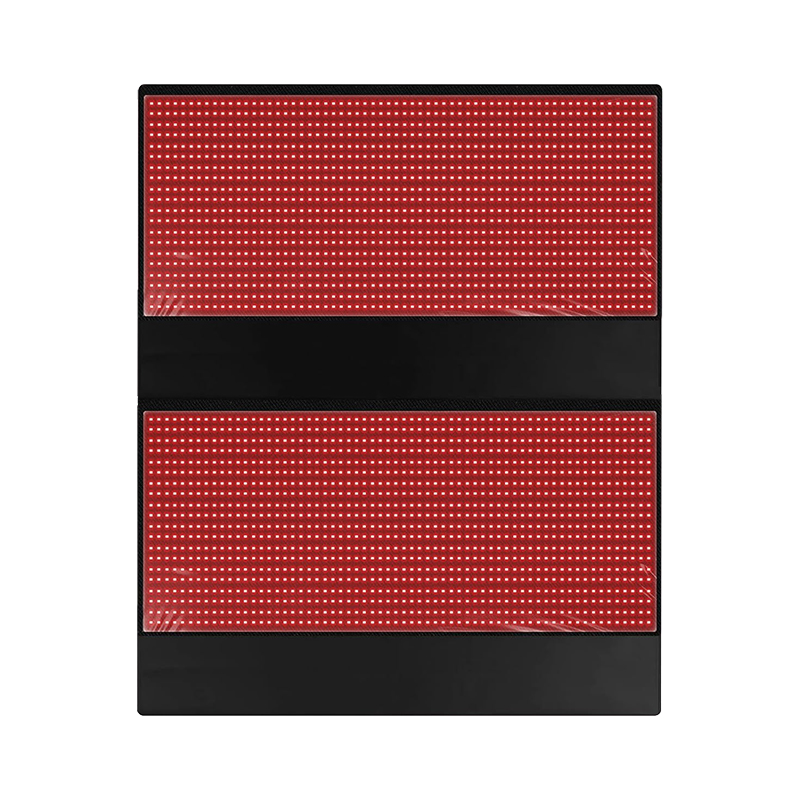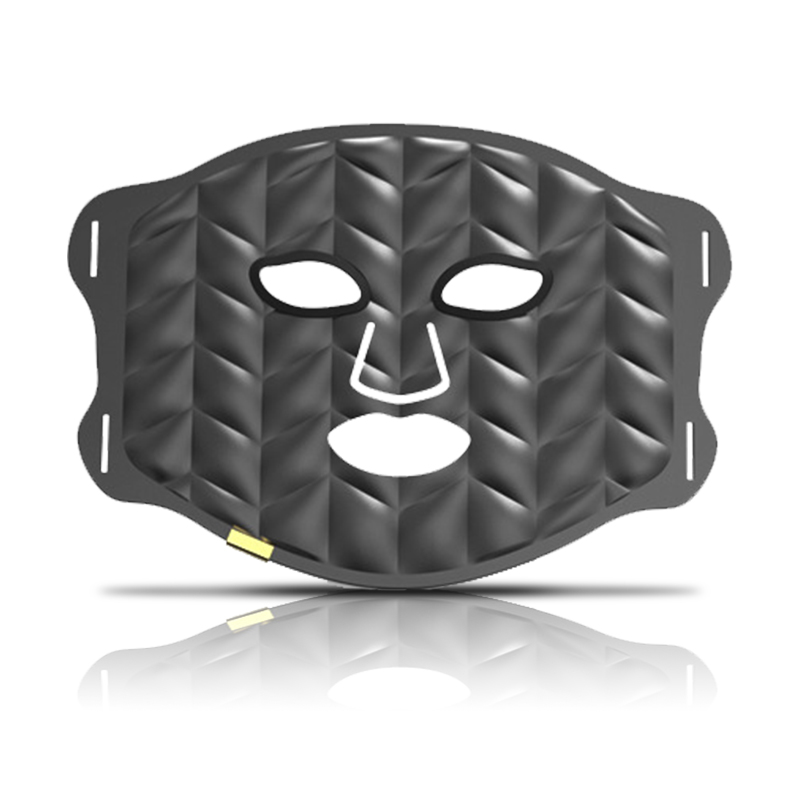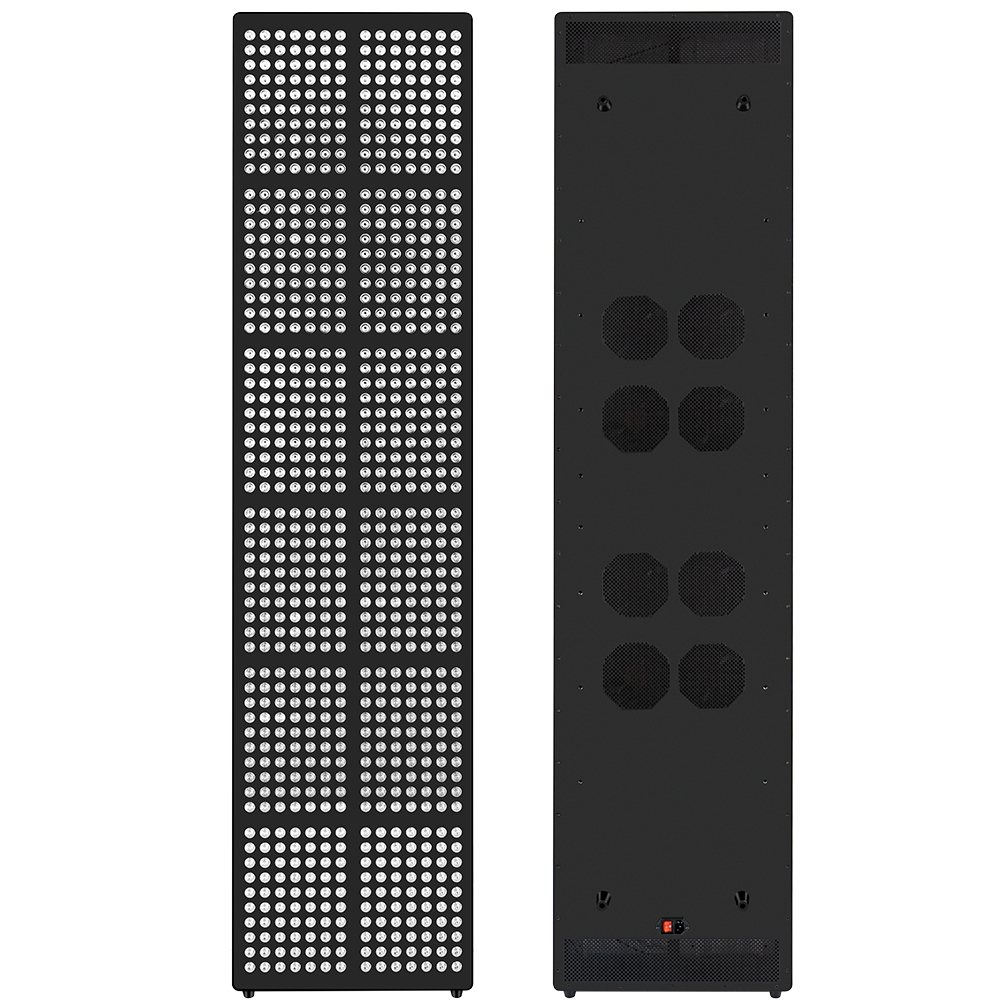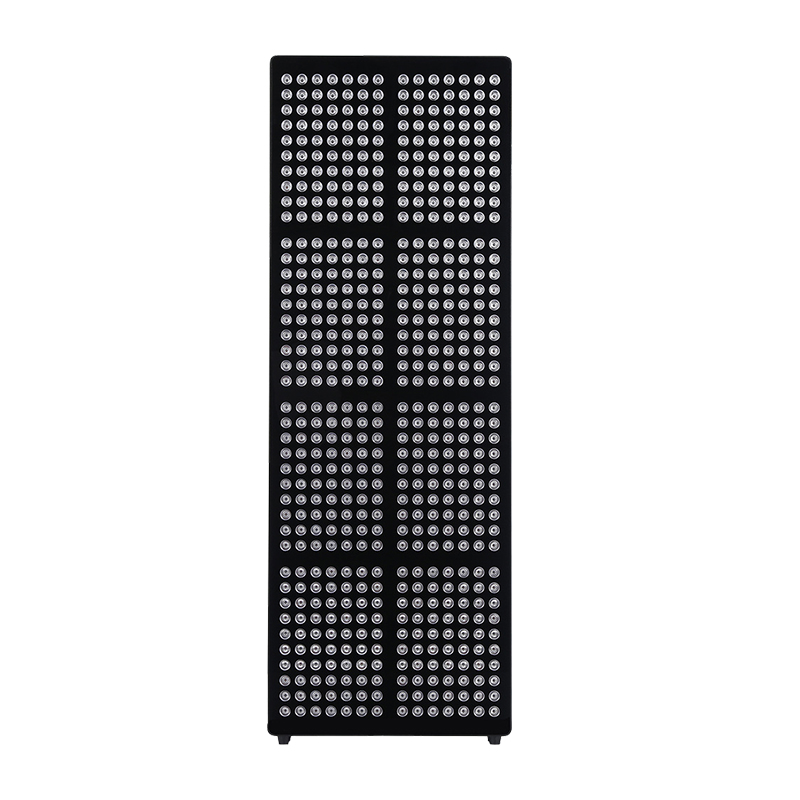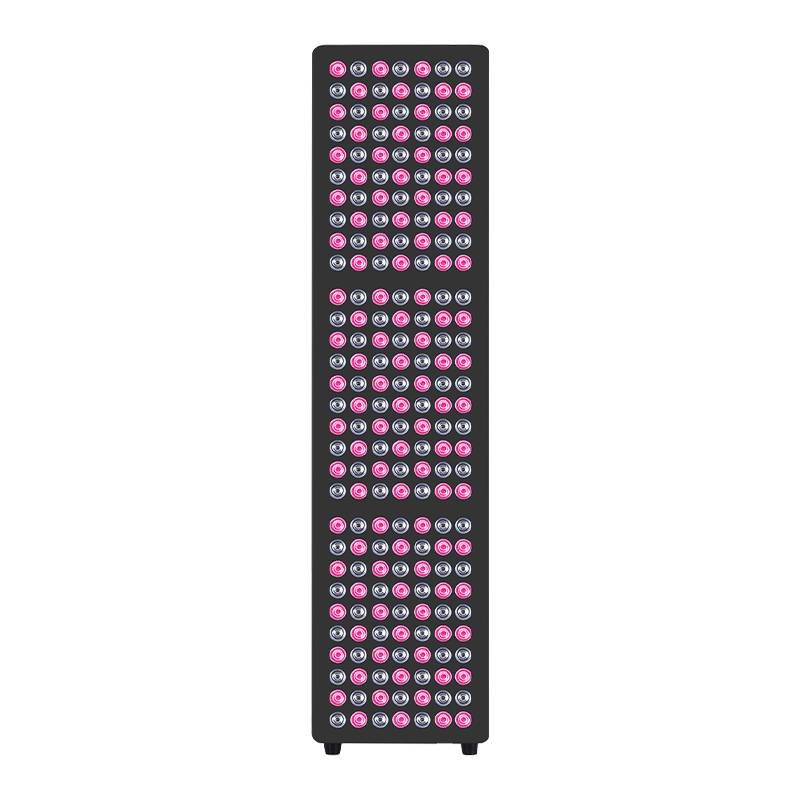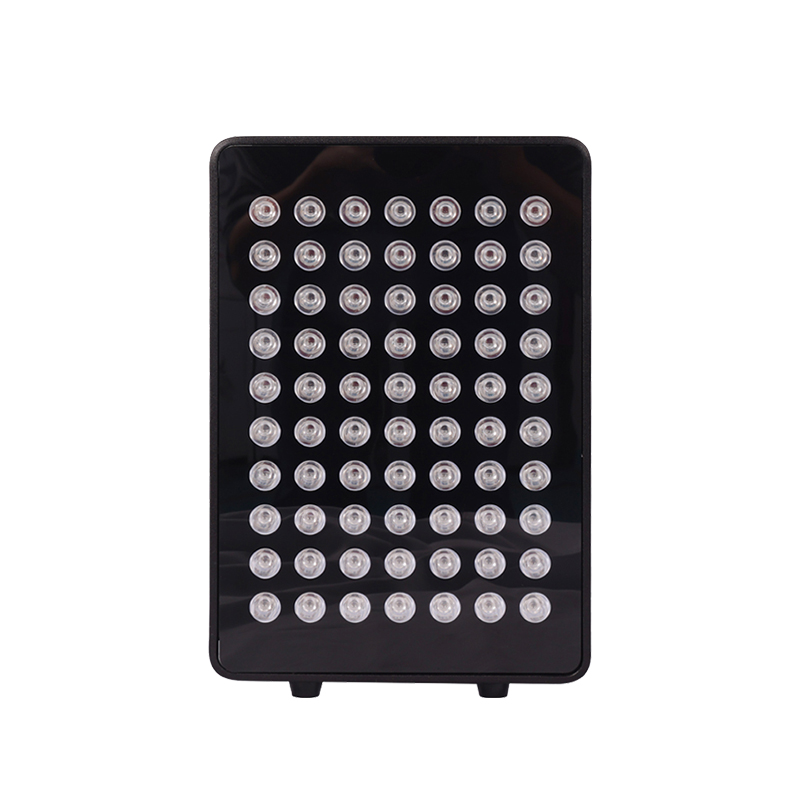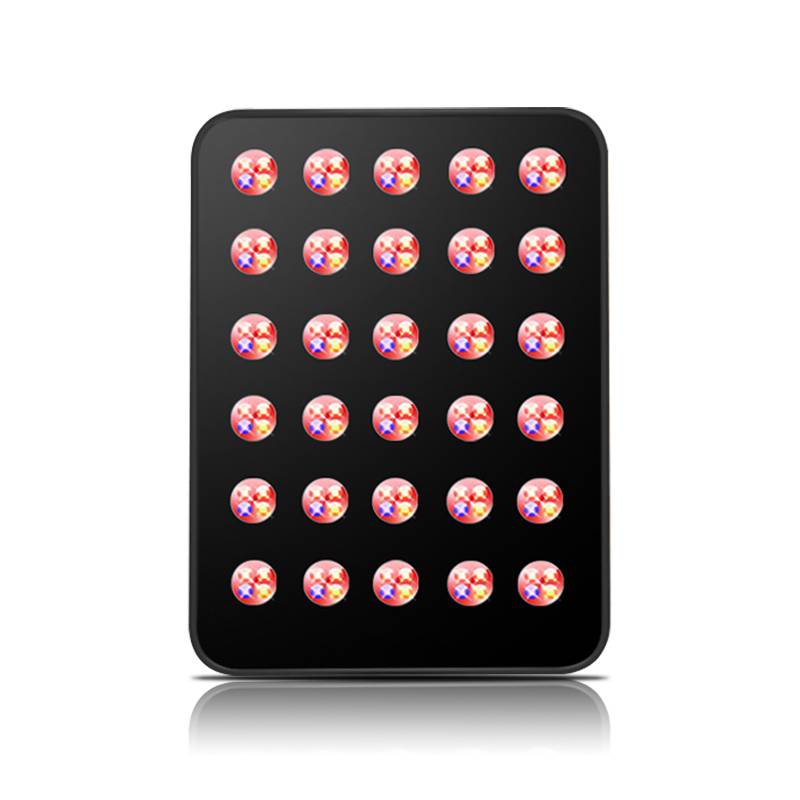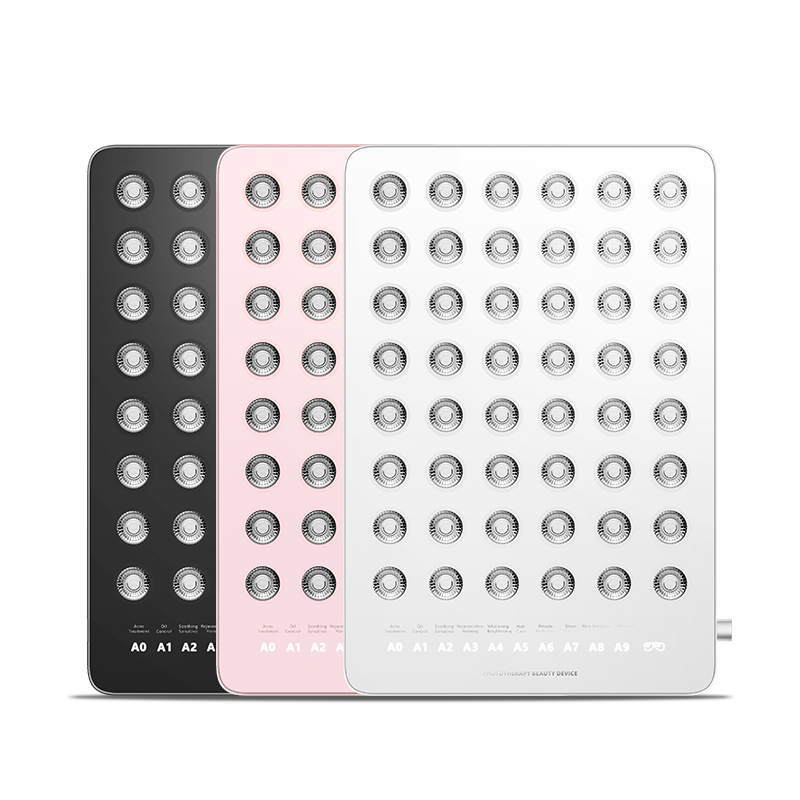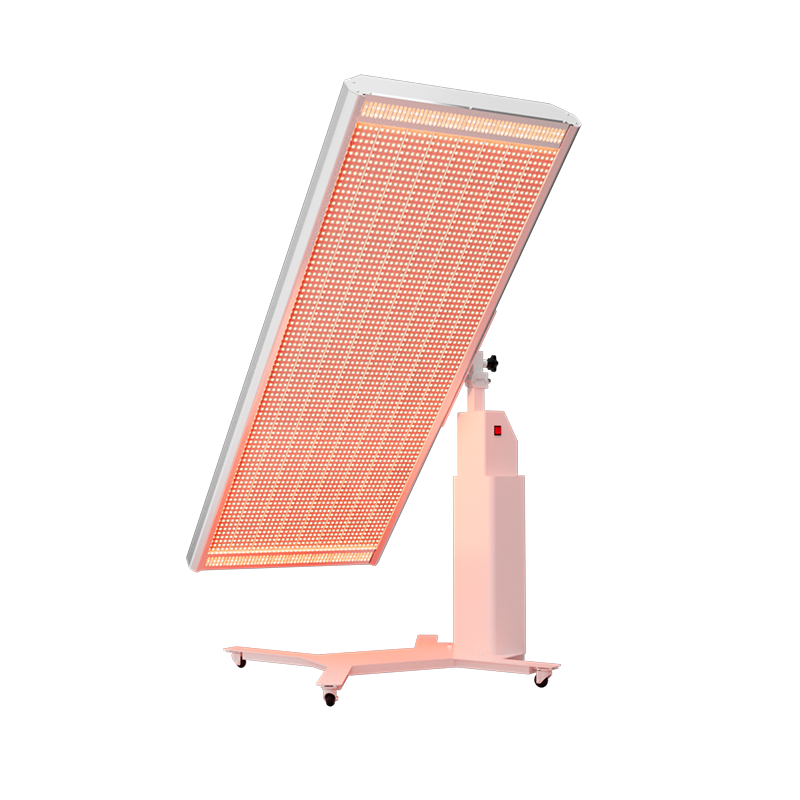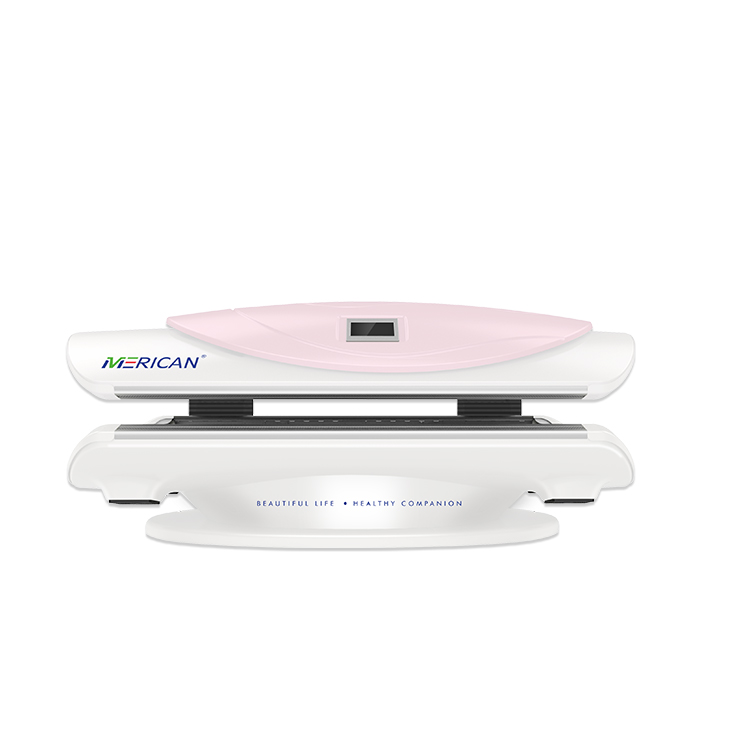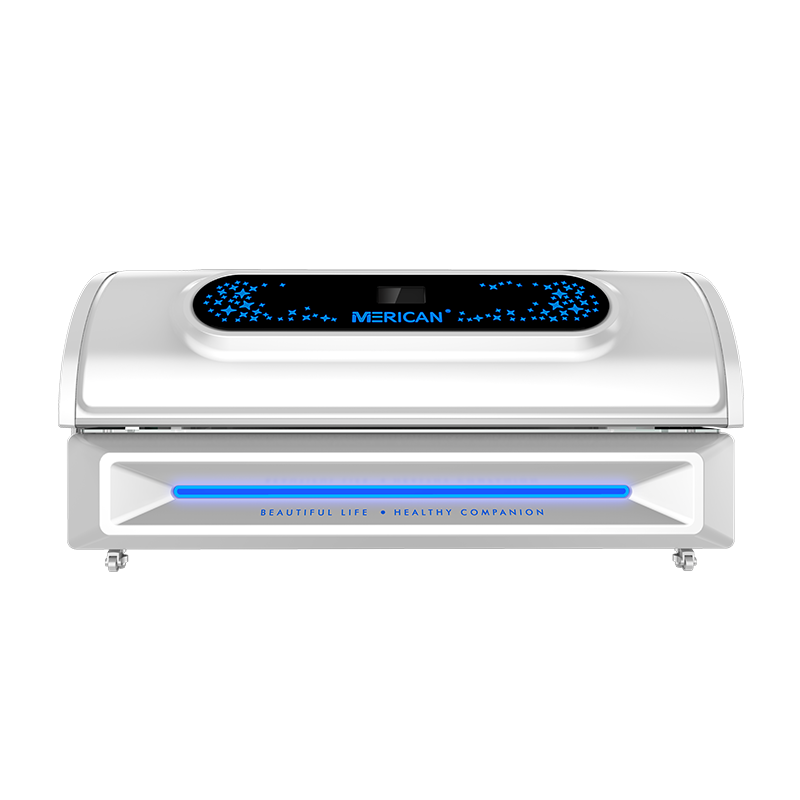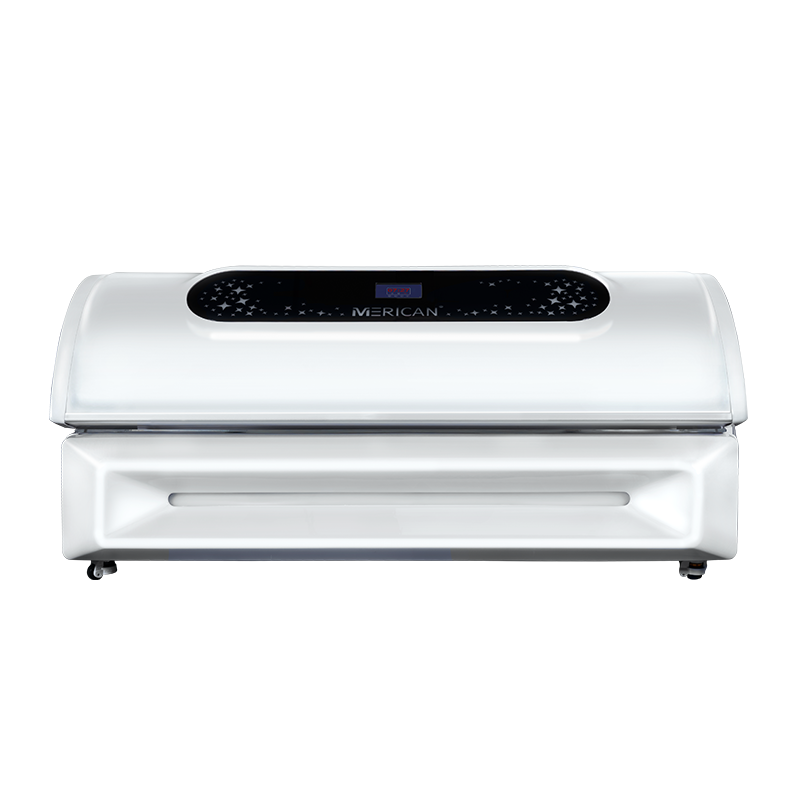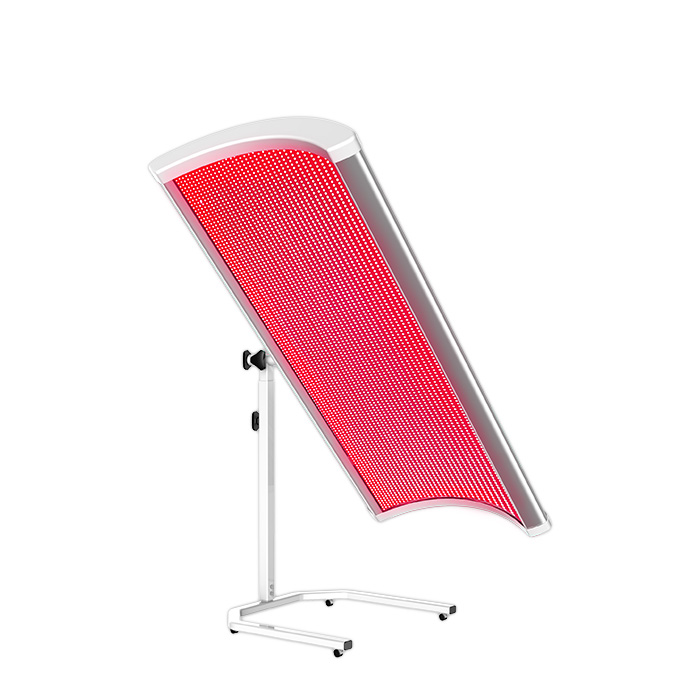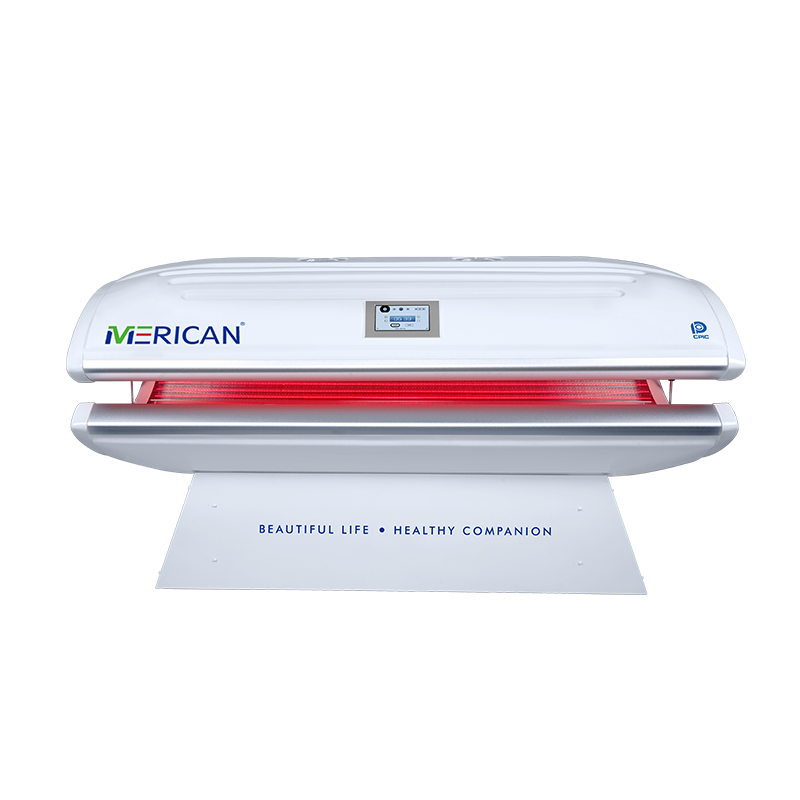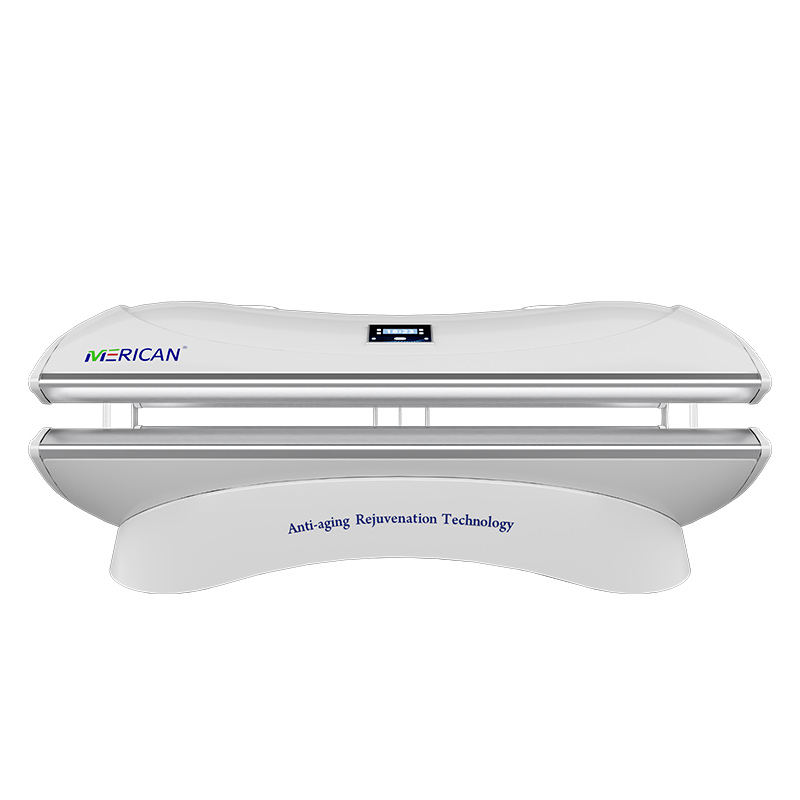Die Rotlichttherapie hat sich in den letzten Jahren zu einer der beliebtesten nicht-invasiven Wellnessbehandlungen entwickelt. Vom Sportler bis zum Hautpflege-Enthusiasten, Menschen wenden sich dieser Technologie zu, um die Heilung zu unterstützen, Schönheit, und die allgemeine Gesundheit. Doch wofür genau ist die Rotlichttherapie gut?? Lassen Sie uns die nachgewiesenen Vorteile und praktischen Anwendungen erkunden.
1. Hautgesundheit & Anti-Aging
Eine der häufigsten Anwendungen der Rotlichttherapie ist die Hautverjüngung. Rote und nahinfrarote Wellenlängen stimulieren die Kollagenproduktion und verbessern die Blutzirkulation, führt dazu:
- Reduziert feine Linien und Fältchen
- Verbesserter Hautton und -textur
- Schnellere Wundheilung und Narbenreduktion
- Reduzierte Akneentzündungen
2. Muskelregeneration & Sportliche Leistung
Sportler nutzen häufig die Rotlichttherapie, um die Erholung nach intensiven Trainingseinheiten zu beschleunigen. Zu den Vorteilen gehören::
- Reduzierter Muskelkater
- Schnellere Gewebereparatur
- Erhöhte Kraft und Ausdauer im Laufe der Zeit
3. Schmerzlinderung & Gelenkgesundheit
Die Rotlichttherapie dringt tief in das Gewebe ein, lindert Entzündungen und Schmerzen. Es wird häufig verwendet für:
- Arthritis und Gelenksteifheit
- Rücken- und Nackenschmerzen
- Sehnen- und Bänderverletzungen
4. Psychische Gesundheit & Schlafunterstützung
Licht spielt eine entscheidende Rolle bei der Regulierung des zirkadianen Rhythmus des Körpers. Eine Rotlichttherapie kann hilfreich sein:
- Verbesserte Schlafqualität
- Reduzierte Symptome einer saisonalen affektiven Störung (TRAURIG)
- Verbesserte Stimmung und Entspannung
5. Haarwachstum & Gesundheit der Kopfhaut
Studien deuten darauf hin, dass eine Rotlichttherapie Haarfollikel stimulieren kann, was es hilfreich macht für:
- Haarausfall
- Androgenetische Alopezie (Musterkahlheit)
- Gesamtdurchblutung der Kopfhaut
6. Allgemeines Wohlbefinden & Immununterstützung
Es können auch regelmäßige Sitzungen stattfinden:
- Steigern Sie die Energie und die Zellreparatur
- Unterstützen Sie die Immunfunktion
- Verbessern Sie die Durchblutung und Sauerstoffversorgung im gesamten Körper
Abschluss
Die Rotlichttherapie eignet sich für eine Vielzahl von Gesundheits- und Wellnesszielen – von glatterer Haut und besserem Schlaf bis hin zu schnellerer Genesung und langfristiger Schmerzbehandlung. Es ist zwar kein Allheilmittel, es ist ein Safe, nicht-invasive Option, die andere gesunde Lebensstilpraktiken ergänzen kann.

